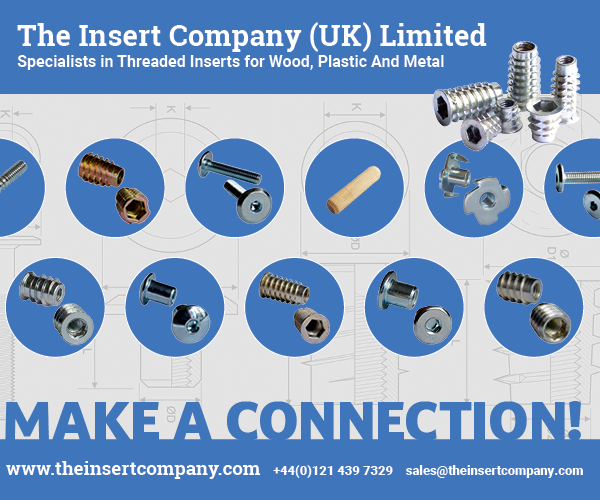Over the last few years, there has been a strong trend towards composite doors with laminated panels. These come with the key benefit of being lighter than solid wood boards and with a broader range of finishes. available
Naturally, interior designers have observed and confirmed the growing demand to match interior doors with other elements like flooring, wall colour and the overriding mood or aesthetic a client wants to create with the environment. From a manufacturing point of view, foil lamination is the best way to meet this high level of personalisation efficiently.
It’s important to consider the number of open/close cycles during the door’s lifetime, as well as environmental factors like temperature, humidity and exposure to sunlight. Durability becomes a key feature for interior doors.
But how can we guarantee a long lifetime for our doors? Without a doubt, the adhesives used in the flat lamination and profile wrapping process play a key role in the resistance to humidity and temperature fluctuations.
When situated within kitchen environments, where hot pots and pans are present every day, or a bathroom with hot water steam, reactive polyurethane hot melt adhesives (HMPUR) are the best choice, TAKA would suggest.
The HMPUR technology features an irreversible bonding process that meets the most demanding requirements in terms of adhesion, water and heat resistance, as well as chemical resistance.
HMPUR adhesives are extremely versatile and are ideal for wood-based products, but also for the lamination of PVC, PP, and ABS profiles and panels, as well as sandwich panels for lightweight constructions in yachts and campers.
But even the best glue in the world will not develop its full potential if it is not applied under the correct working parameters. As the industry is facing a lack of experienced operators, Italian adhesive manufacturer, TAKA, has founded an exclusive Academy for training on production and quality control to help companies achieve the best quality results.
Two other trending topics, sustainability and the safety of operators, have inspired TAKA to develop two new lines of adhesives, formulated and produced with in-house raw materials to ensure consistent performance and results over time.
The Low Emission Systems (LESS) range features polyurethane adhesives with a free monomer content (MDI) of less than 0.1% for label-free adhesives, which are not subject to mandatory safety training.
The second range incorporates bio-based adhesives with a high content of raw materials from non-fossil renewable sources that help to meet the reduction of CO2 emissions throughout the industry.









